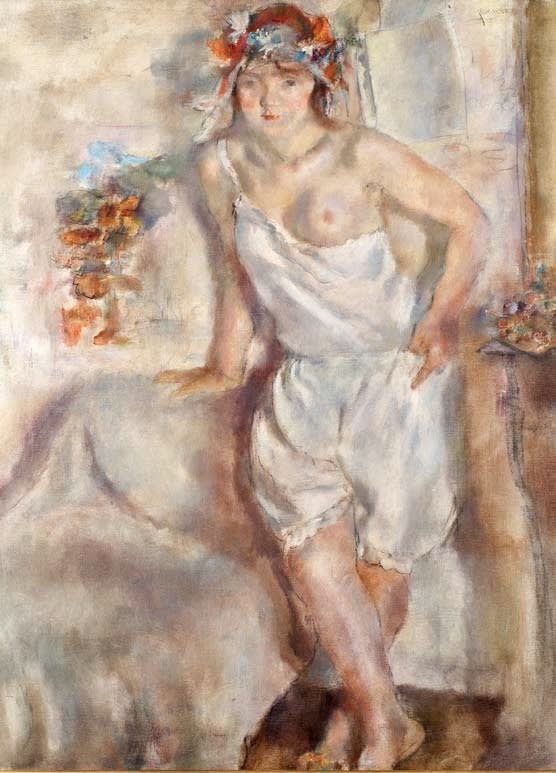In 1905, he travelled to Berlin, Vienna, and Budapest before settling in Paris and establishing a studio in the heart of Montmartre. His works were first showcased at the Berlin gallery of Paul Cassirer, the art dealer who promoted the careers of Van Gogh and Cezanne, and the Armory Show in New York.
After World War I, Pascin emigrated from Paris to the United States, where he acquired American citizenship and lived and worked from 1914 to 1920. He then returned to post-war Paris frequenting the city’s cafés, restaurants and bordellos in search of eclectic subject matter. He remained based in Paris and was a colourful and generous character in bohemian Parisian society. Suffering from depression and alcoholism, he committed suicide in his Montmartre studio on June 6, 1930.
From August 1927 to June 1928, Pascin travelled extensively throughout Europe and northern Africa visiting Algiers, Tunis, Italy, Egypt, Spain, and Portugal, briefly returning to New York. Essentially a draftsman, and belonging to no one school, he portrayed, with flickering line and opalescent tone, the heavy sensuality of his female models, of which Young Woman in Red (1924; Musée d'Art Moderne, Paris) is a characteristic example.
Pascin developed his own artistic vision that integrated the delicacy of the French Rococo masters, the graphic expertise of the Die Brücke group, and the geometric arrangements of the Cubists. He achieved financial success during his career and his works garnered praise both in Europe and the United States. His works are found in the collections of many major national and international museums including the Museum of Modern Art, the Museum of Fine Arts, Boston, the Art Institute of Chicago, and the Smithsonian American Art Museum.

